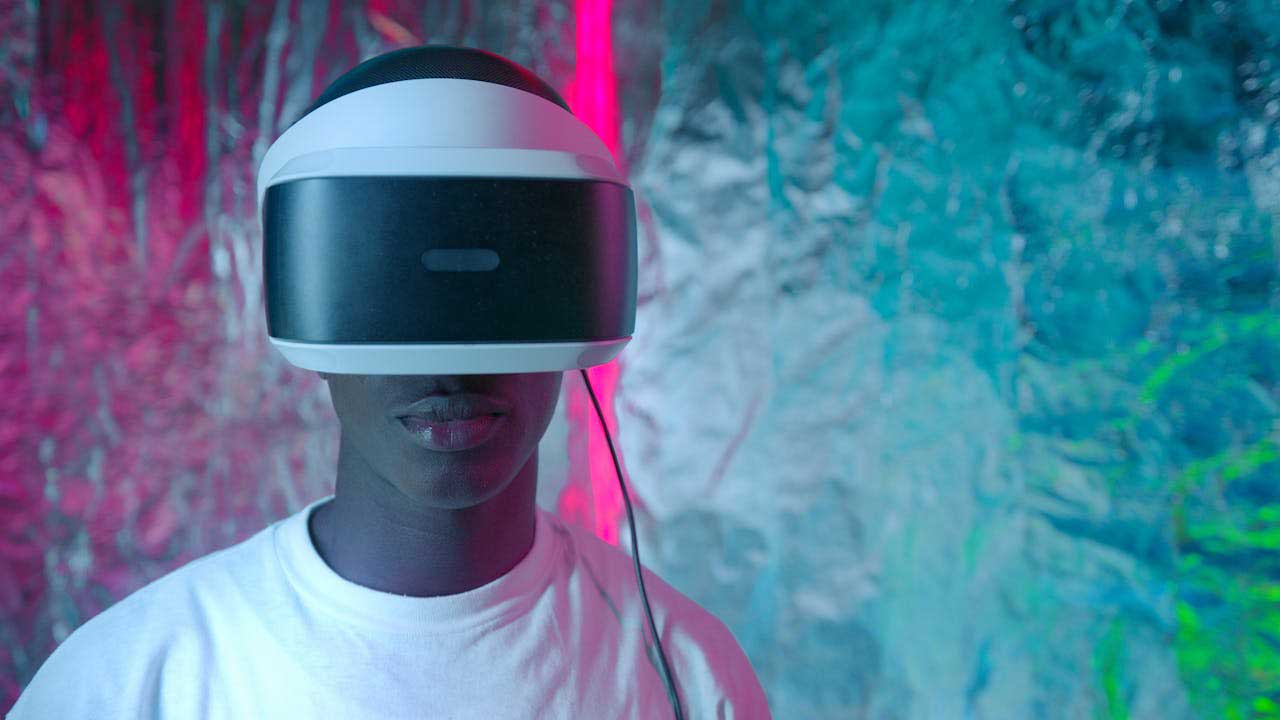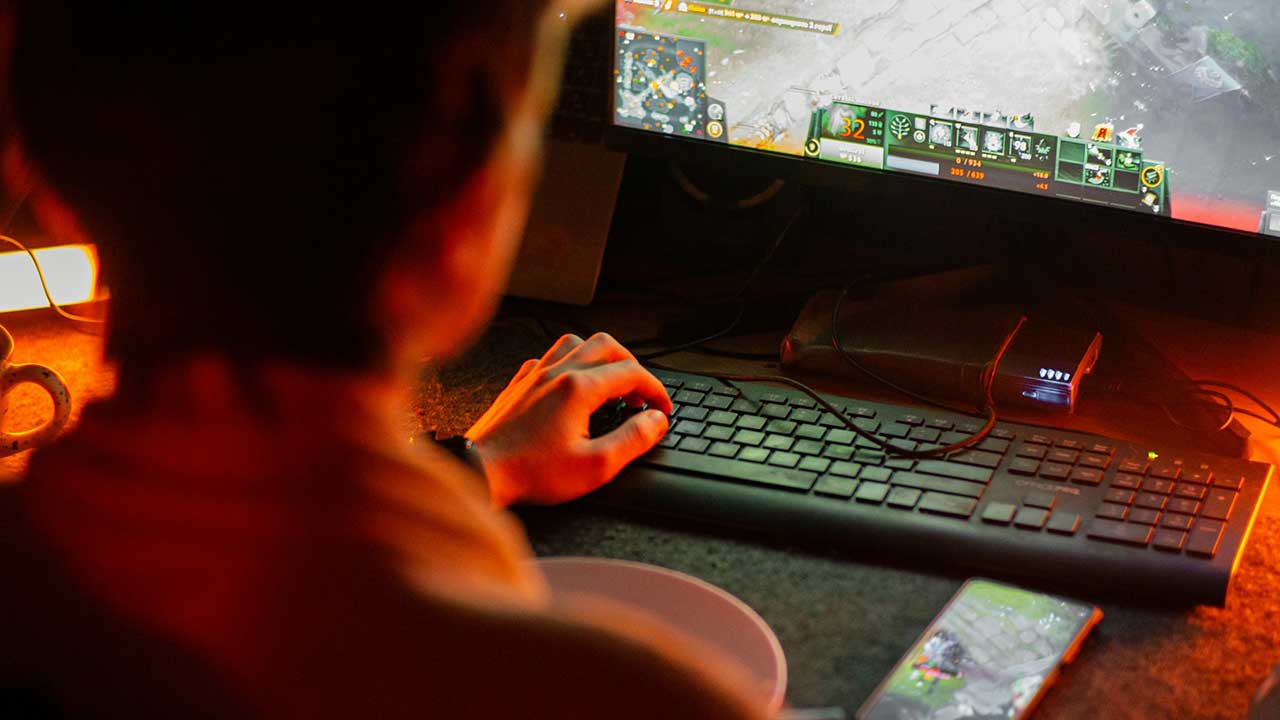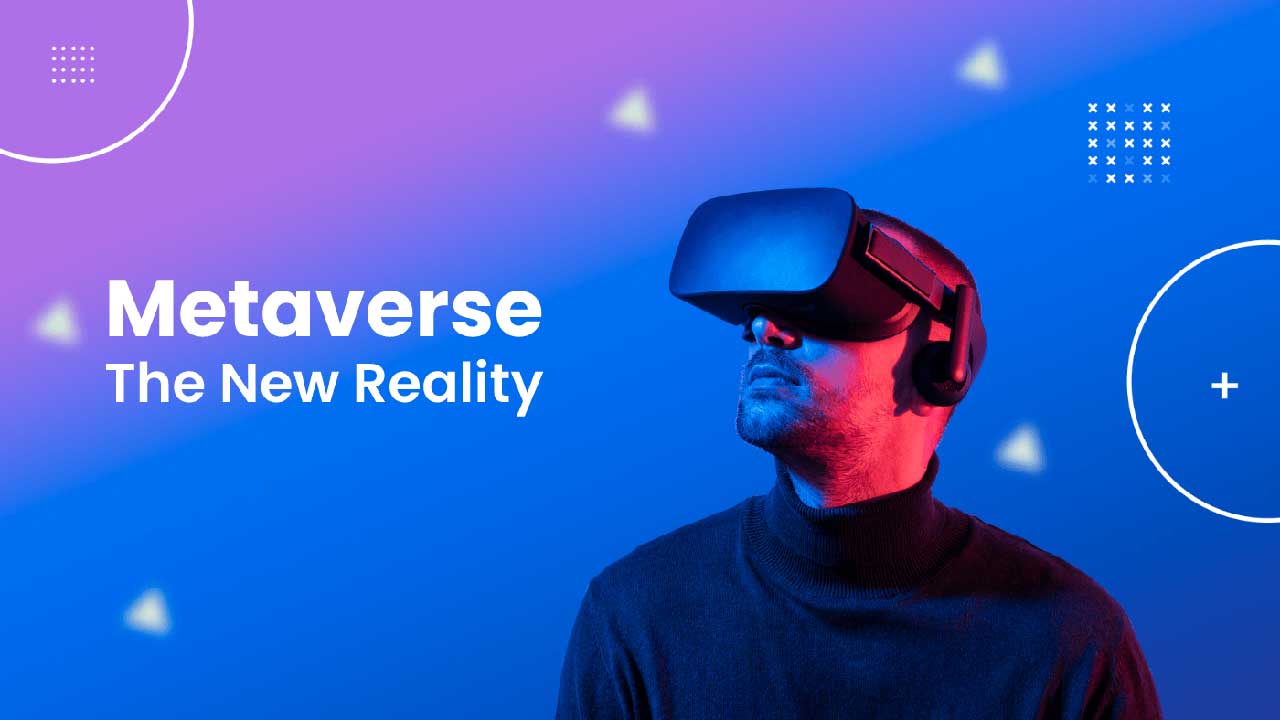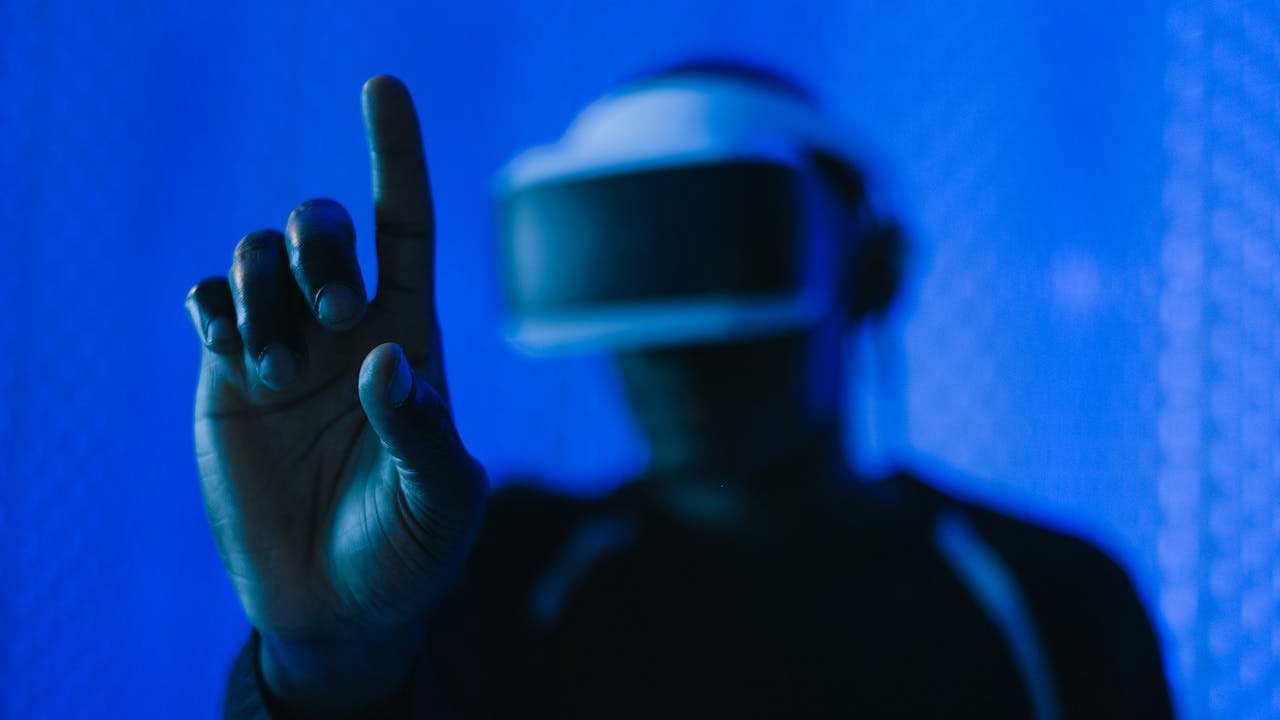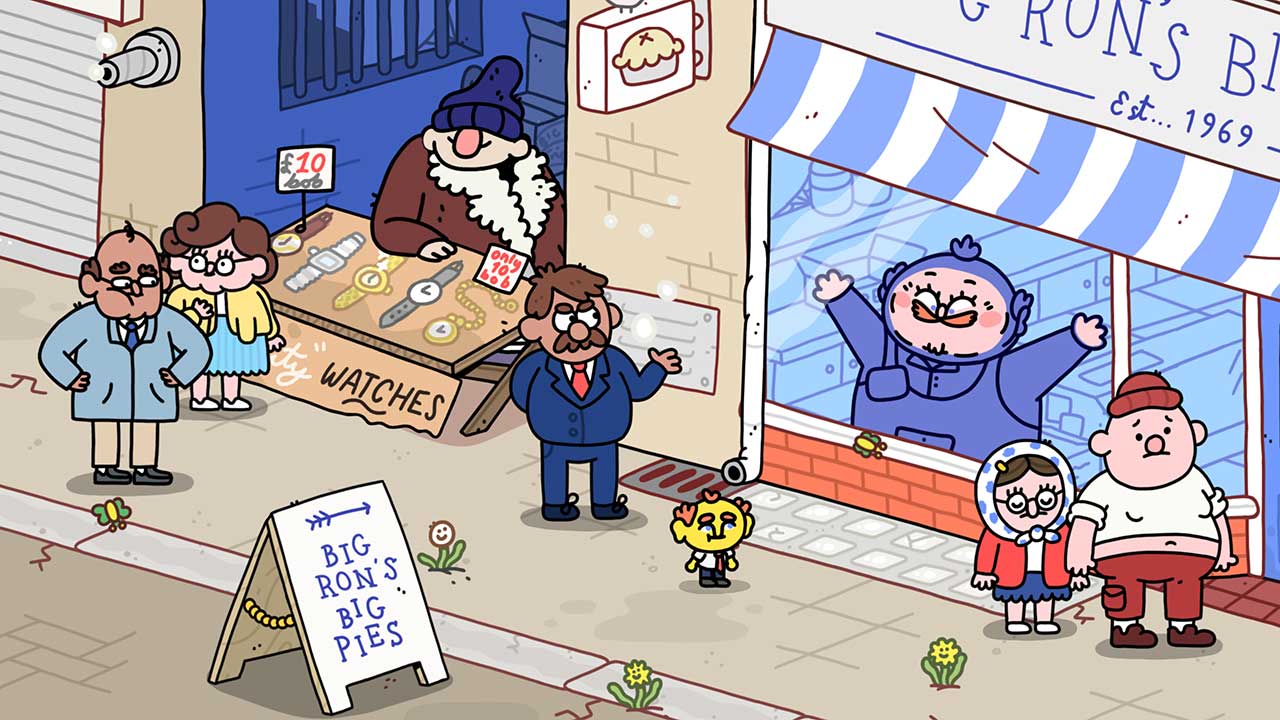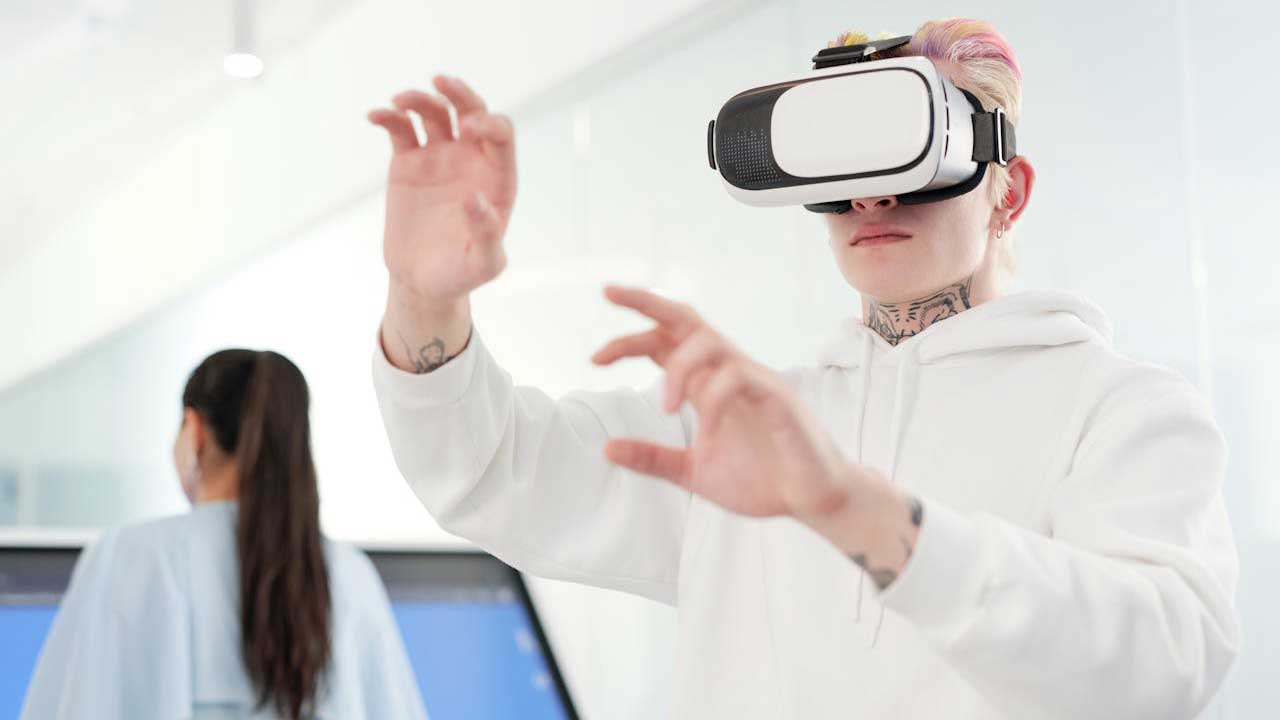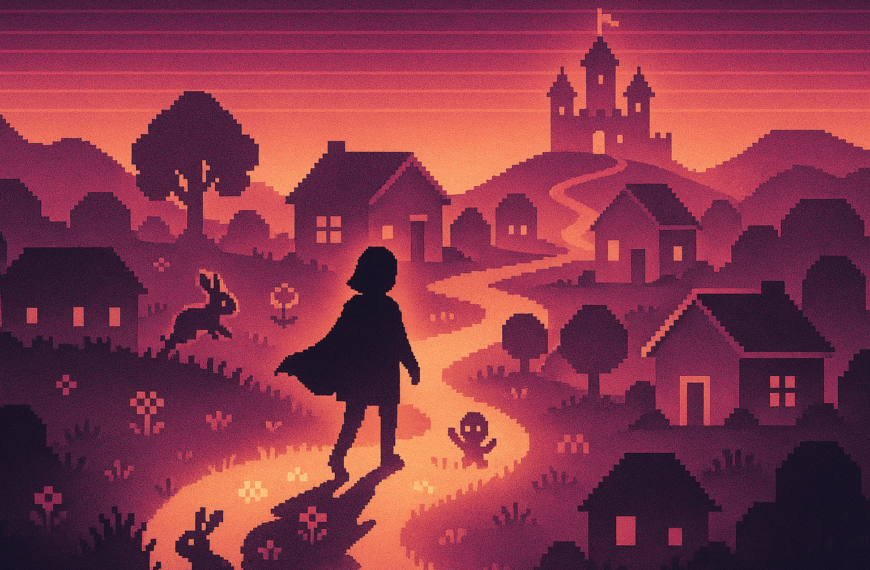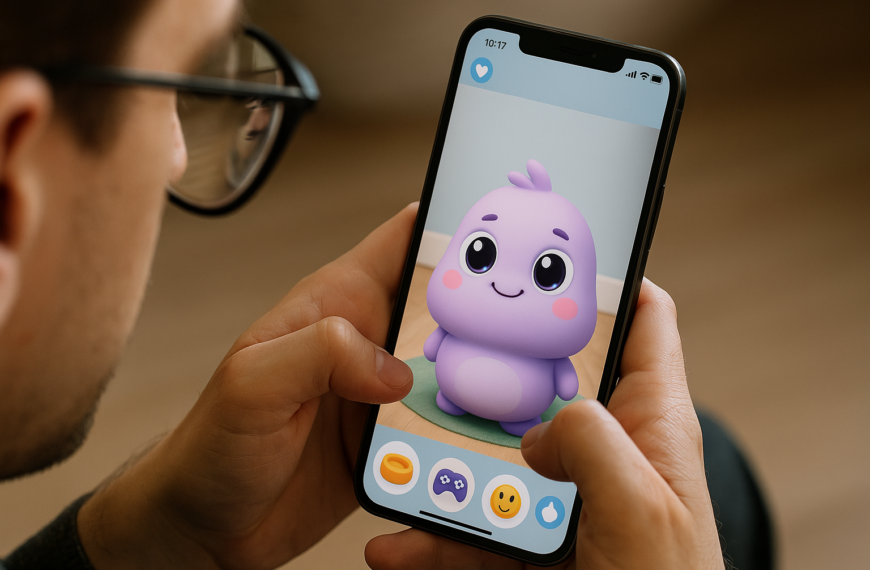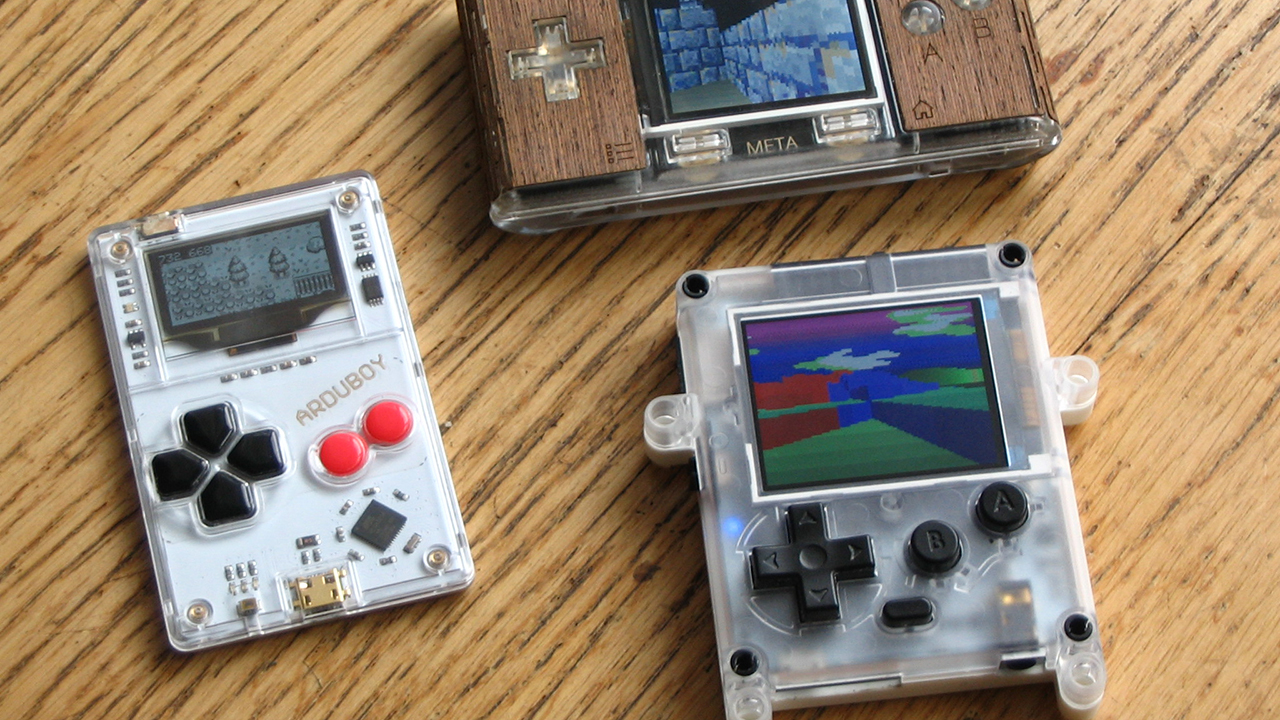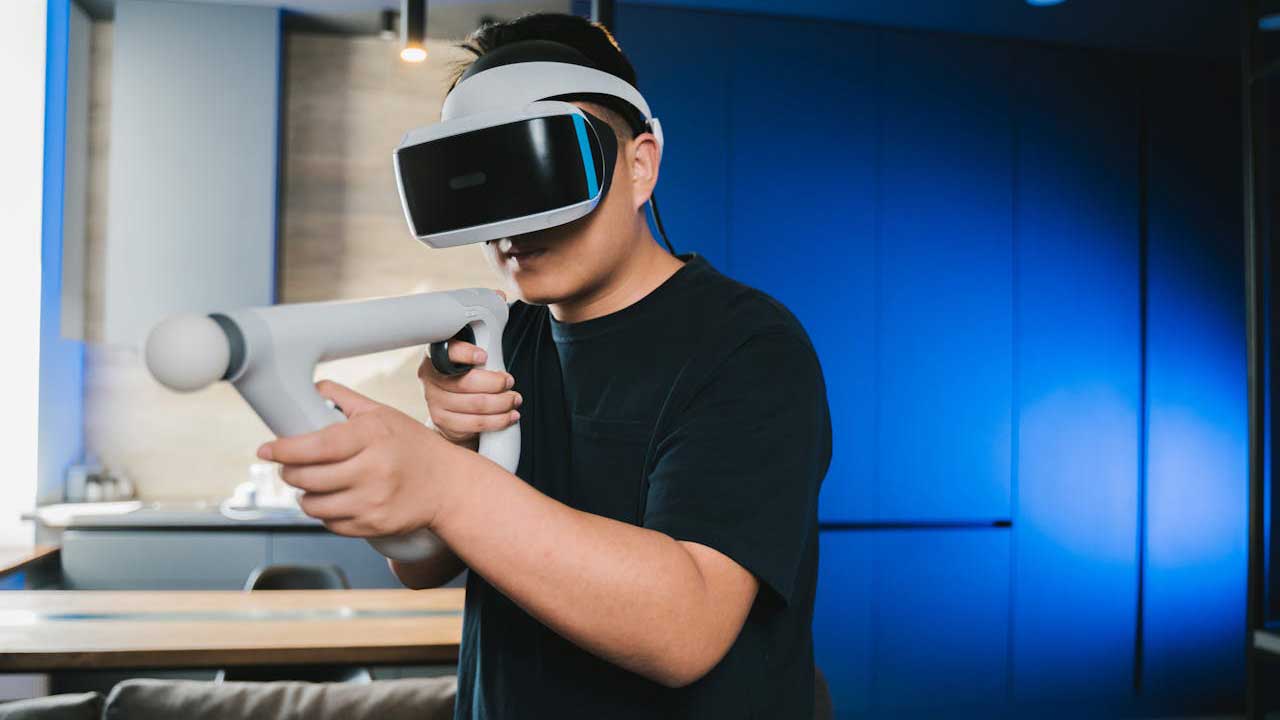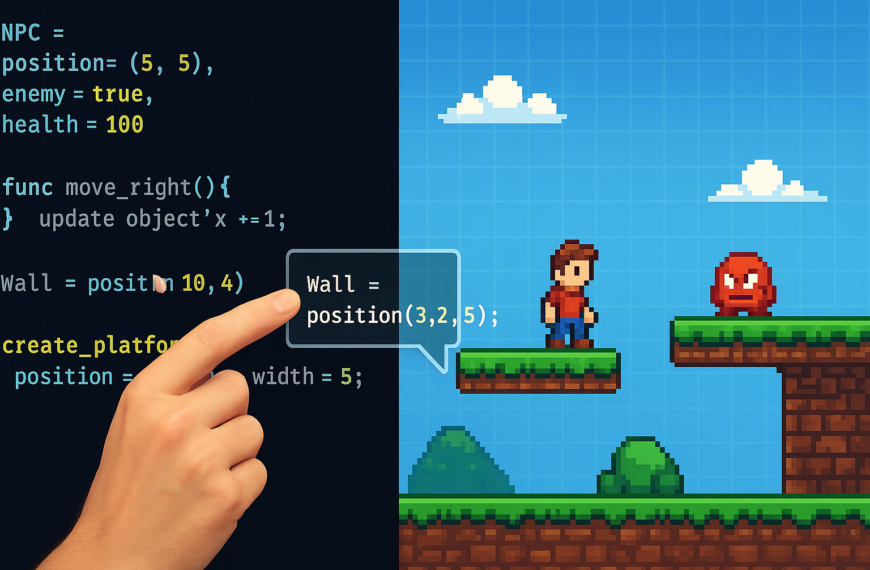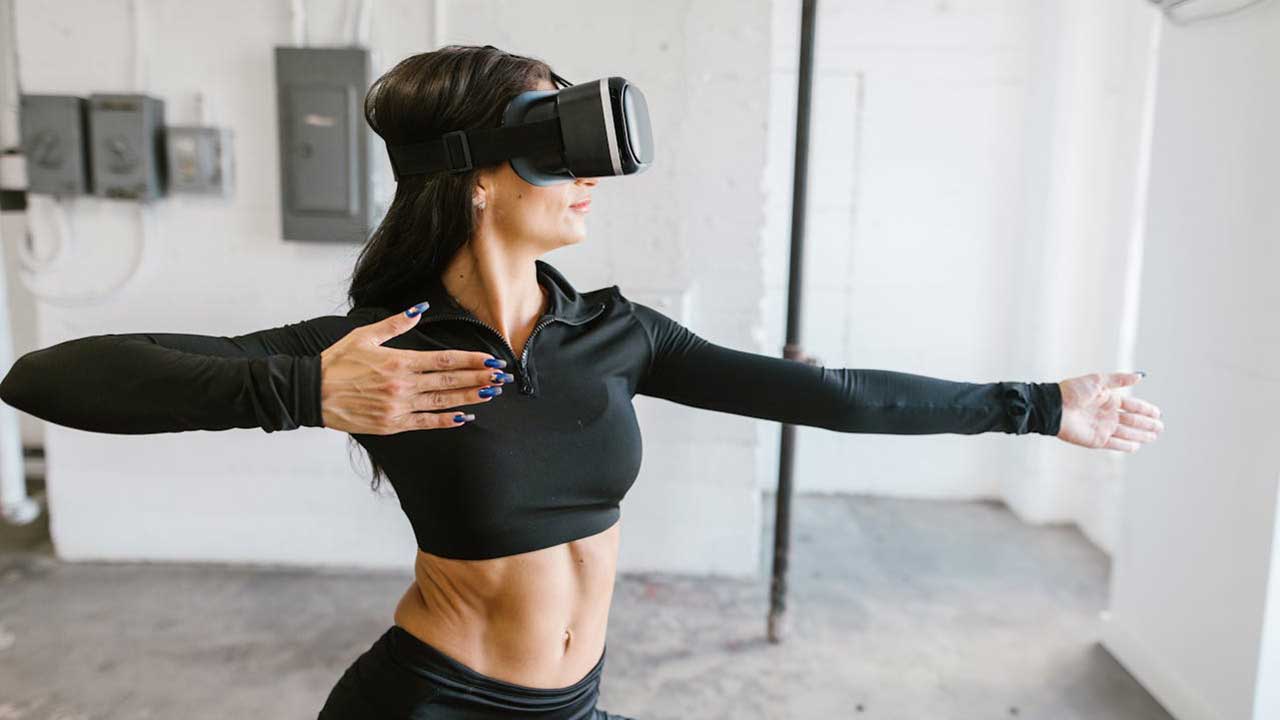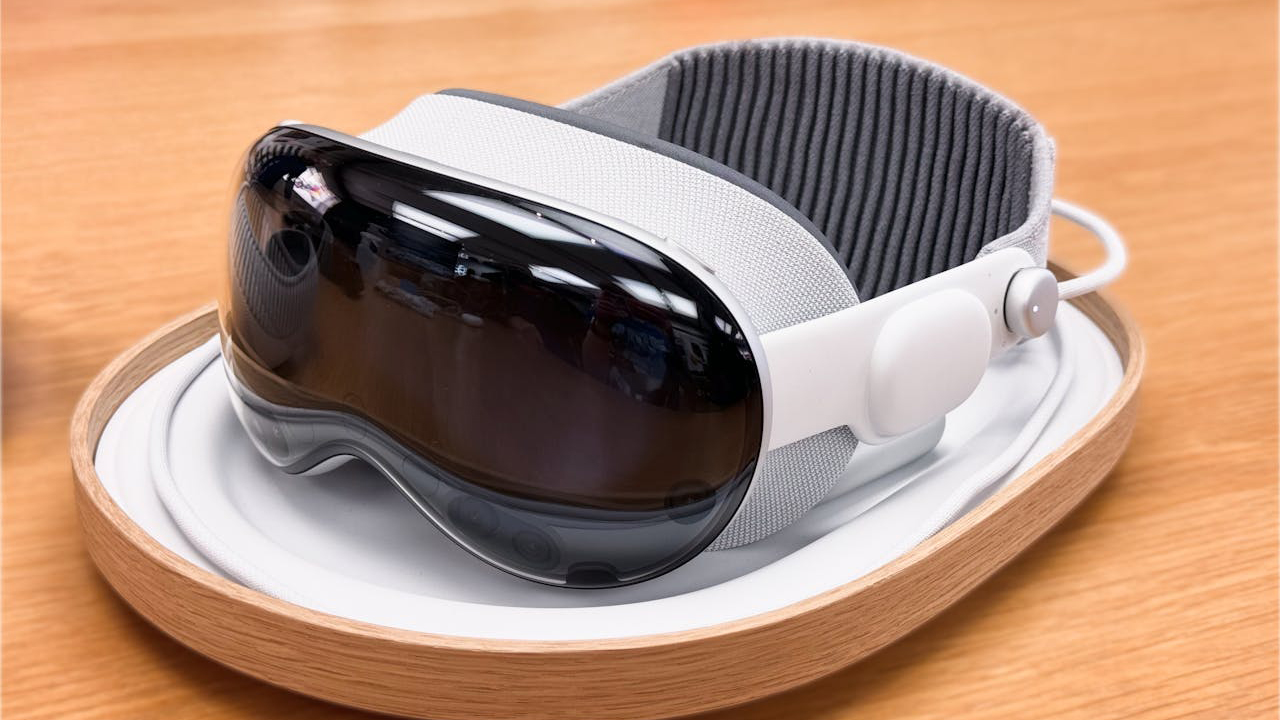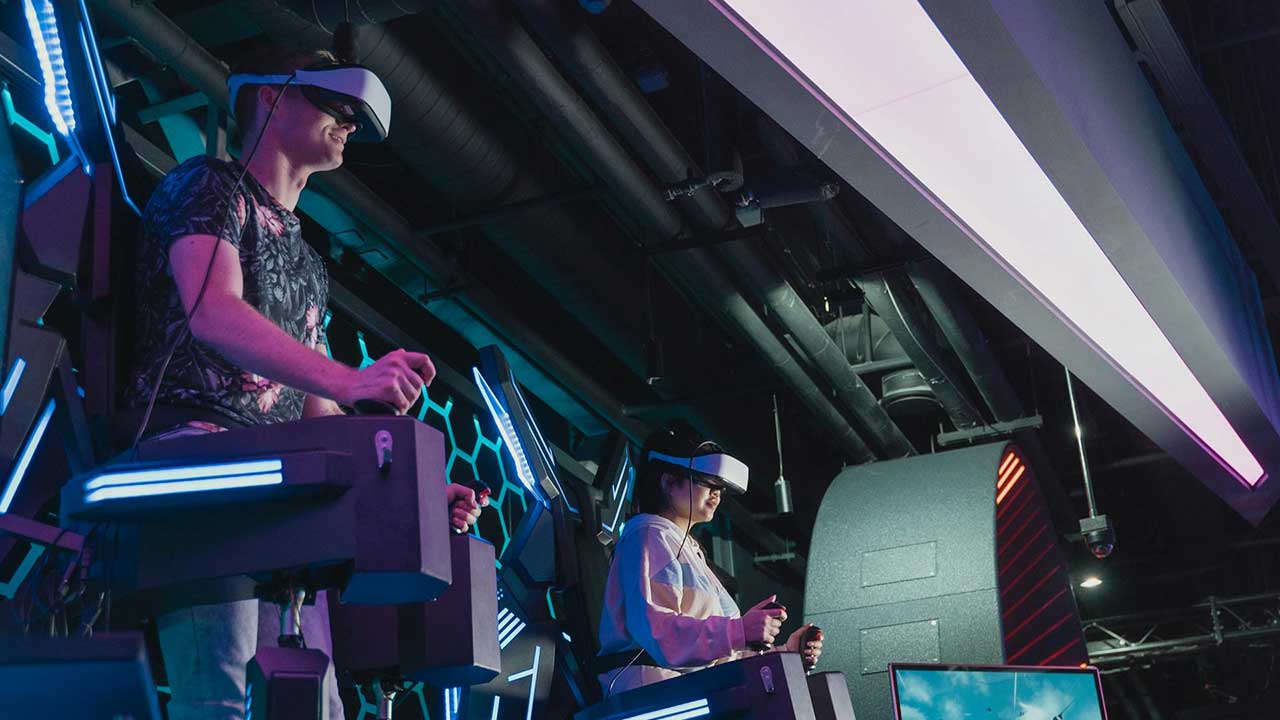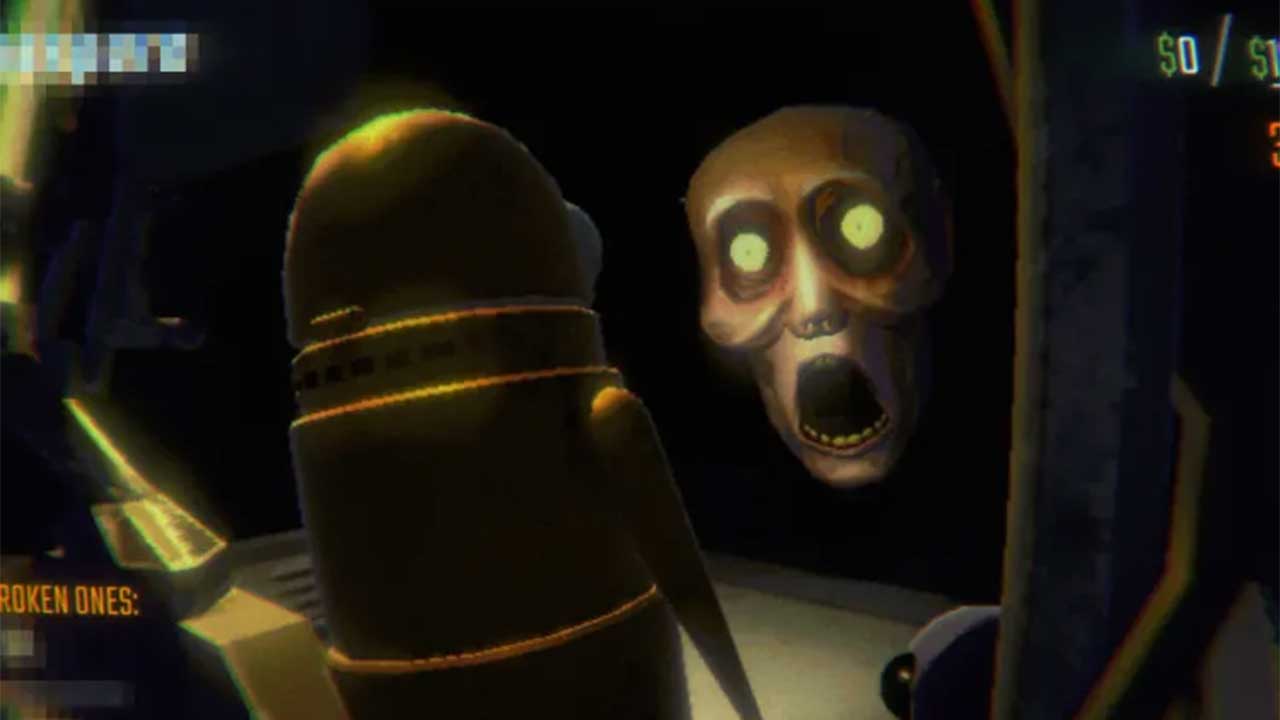Dreams have always felt untouchable—fleeting flashes of imagination that vanish the moment we open our eyes. But now, thanks to a wave of new tech, that boundary between sleep and reality is starting to blur. From virtual landscapes You Can Now Walk Through Your Dreams — Sort Of
Dreams have always felt untouchable—fleeting flashes of imagination that vanish the moment we open our eyes. But now, thanks to a wave of new tech, that boundary between sleep and reality is starting to blur. From virtual landscapes you can walk through to AI tools that piece together dream visuals, it’s starting to feel like science fiction is catching up to your subconscious. This isn’t just about cool gadgets. It’s about understanding yourself in a way that wasn’t possible before.
Virtual Reality Brings Dreams to Life
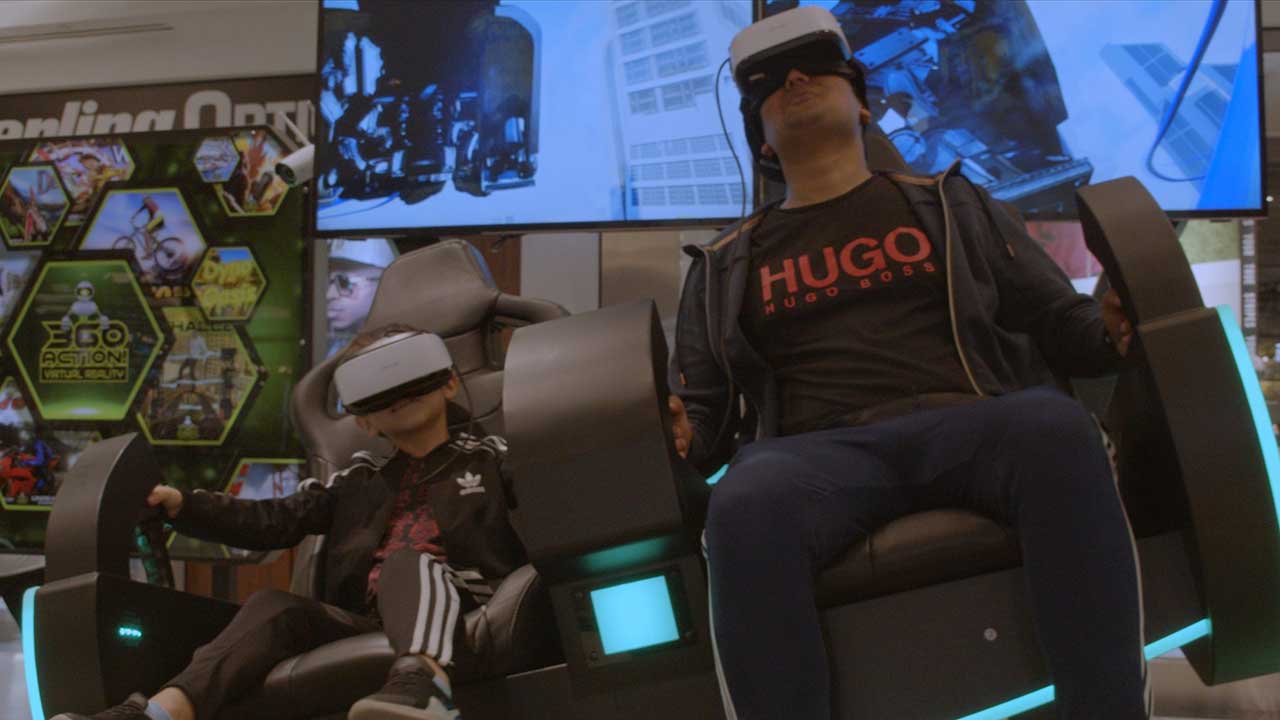
Image Credit: vr360action
Virtual reality (VR) is turning dream-like experiences into interactive adventures. Platforms like Dream Simulator use VR headsets and motion sensors to immerse users in surreal environments, from flying over canyons to exploring fantastical landscapes. These simulations aim to replicate the sensations and visuals of dreaming, offering a new way to engage with one’s subconscious. (vr360action.com)
Beyond entertainment, VR is being explored for therapeutic purposes. Researchers are investigating how VR can influence dreams and sleep patterns, potentially aiding in stress reduction and emotional processing. (MIT Media Lab) By simulating dream scenarios, VR may help individuals confront fears or rehearse real-life situations in a controlled setting.
AI Decodes and Recreates Dreams
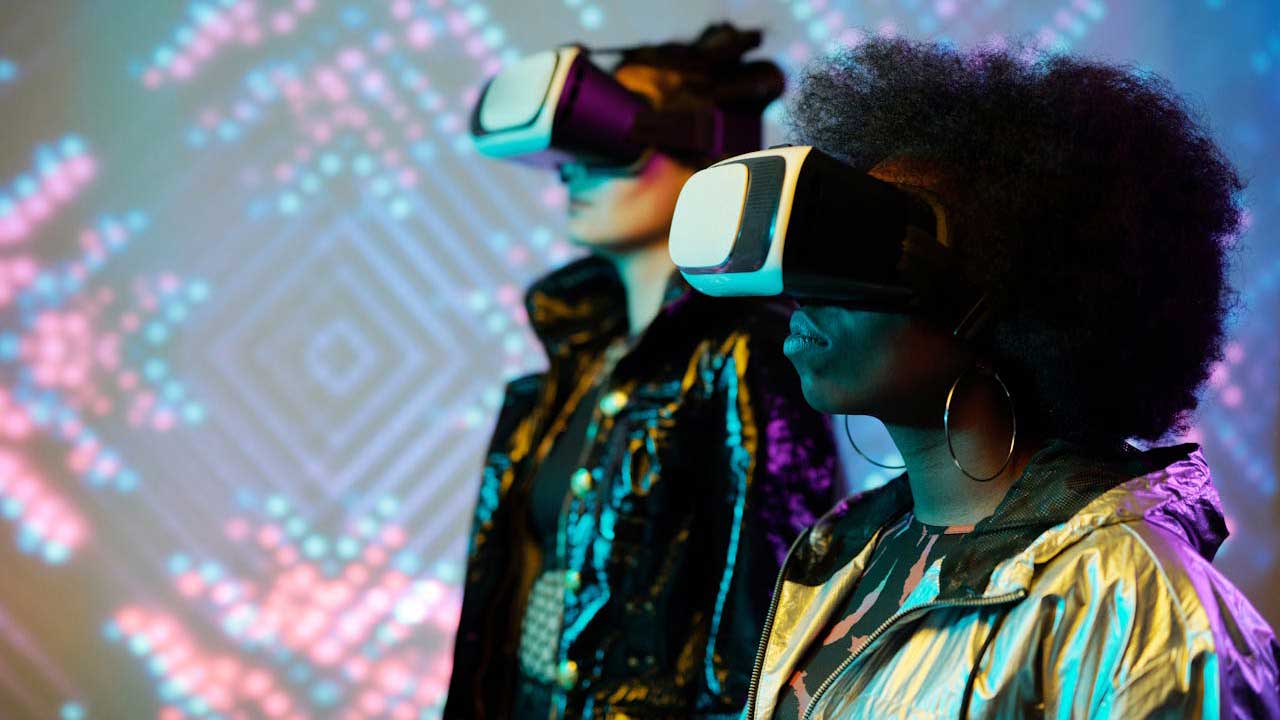
Image Credit: Darlene Alderson/Pexels
Advancements in artificial intelligence (AI) are enabling the decoding of dream content. By analyzing brain activity, AI can generate visual representations of dreams, offering a glimpse into the subconscious mind. (Science Focus) This technology translates neural patterns into images or videos, providing a novel way to explore and understand dreams.
While still in early stages, these AI-generated dream visuals are not exact replicas but approximations based on recognized patterns. They open possibilities for dream analysis, self-reflection, and even creative inspiration, bridging the gap between abstract thoughts and tangible visuals.
Dream Engineering and Sensory Stimulation
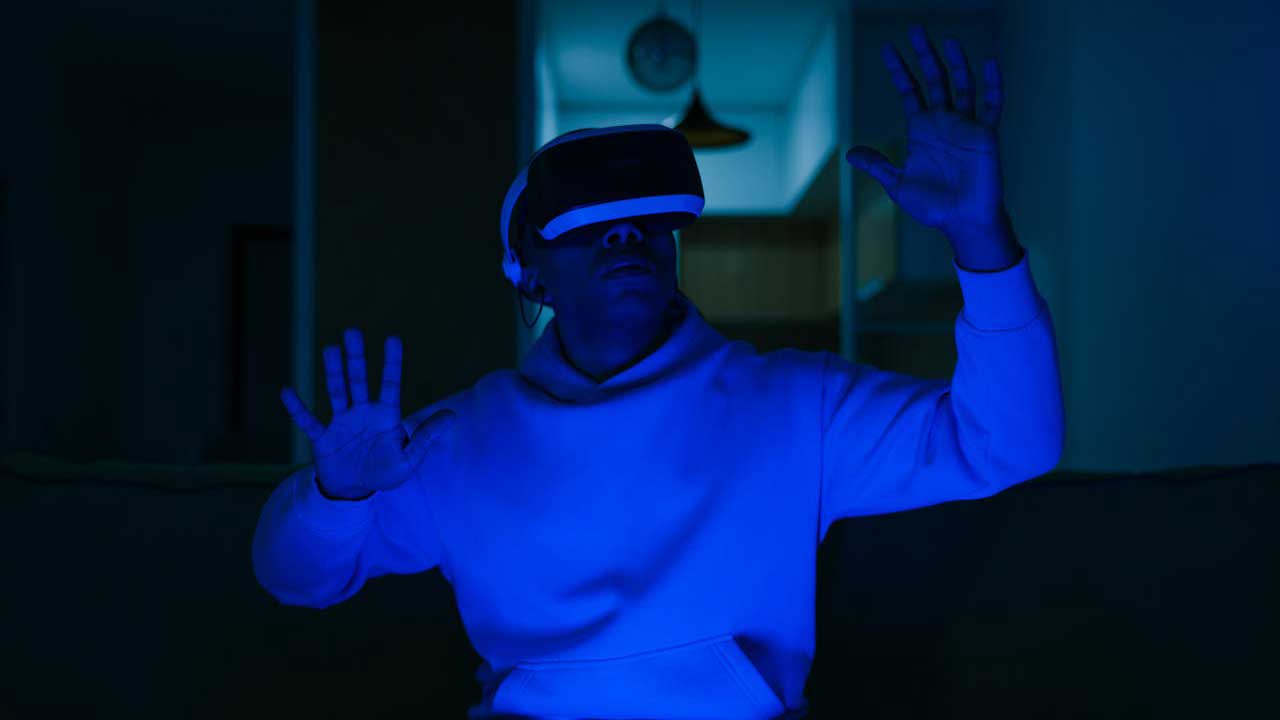
Image Credit: VAZHNIK/Pexels
Dream engineering involves manipulating sensory inputs to influence dream content. Techniques include using sounds, lights, or scents during sleep to steer dreams in desired directions. (ScienceDirect) This approach aims to enhance dream experiences, making them more vivid or emotionally resonant.
Such methods are being explored for therapeutic applications, like alleviating nightmares or reinforcing positive memories. By subtly guiding the dreaming mind, dream engineering offers a proactive way to engage with one’s inner world during sleep.
Lucid Dreaming Meets Technology
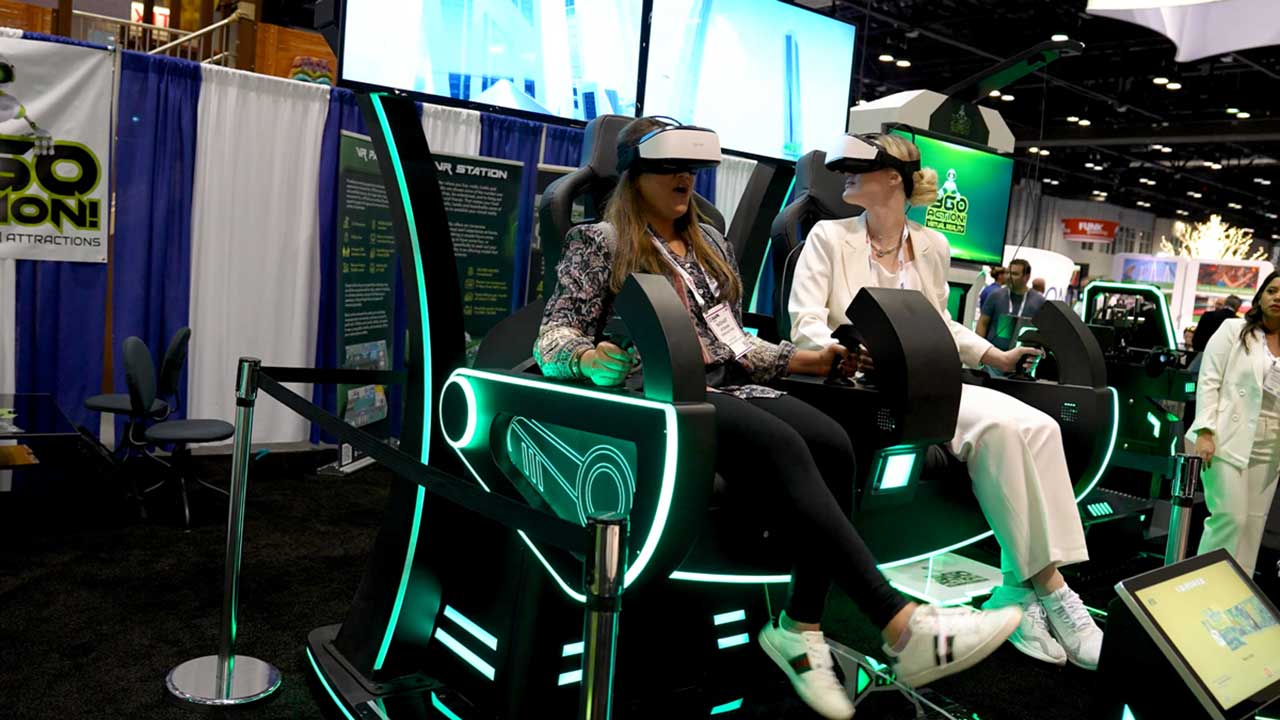
Image Credit: vr360action
Lucid dreaming, where individuals are aware they’re dreaming and can control the narrative, is gaining technological support. Devices and apps are being developed to assist users in achieving lucidity, often through cues or training exercises. (The Times)
These tools aim to make lucid dreaming more accessible, allowing people to explore their dreams consciously. Potential benefits include overcoming fears, enhancing creativity, and practicing real-life skills in a risk-free environment.
The Future of Dream Exploration
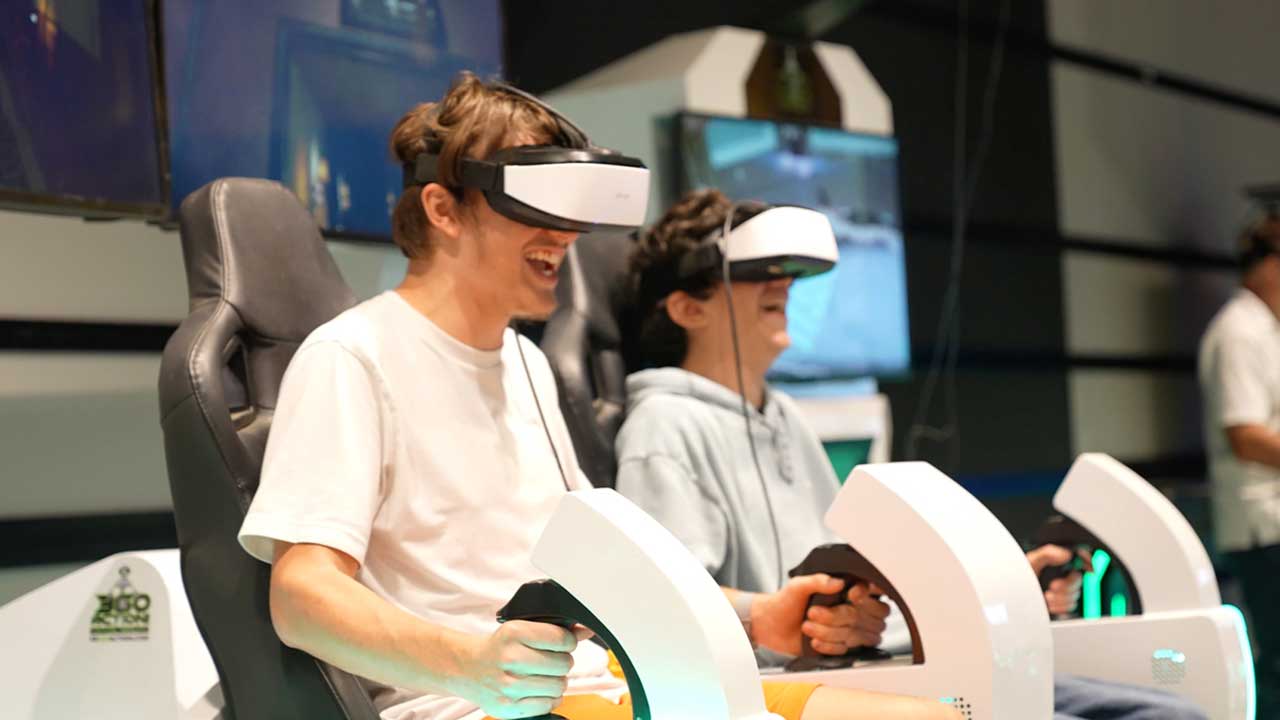
Image Credit: vr360action
As technology continues to evolve, the line between dreams and reality blurs further. Innovations in VR, AI, and sensory stimulation are opening new avenues for exploring the subconscious. These advancements not only offer entertainment but also hold promise for mental health and personal growth.
While challenges remain, the potential for deeper understanding of the human mind through dream exploration is vast. As we continue to integrate technology with our inner experiences, walking through our dreams may become an everyday reality.
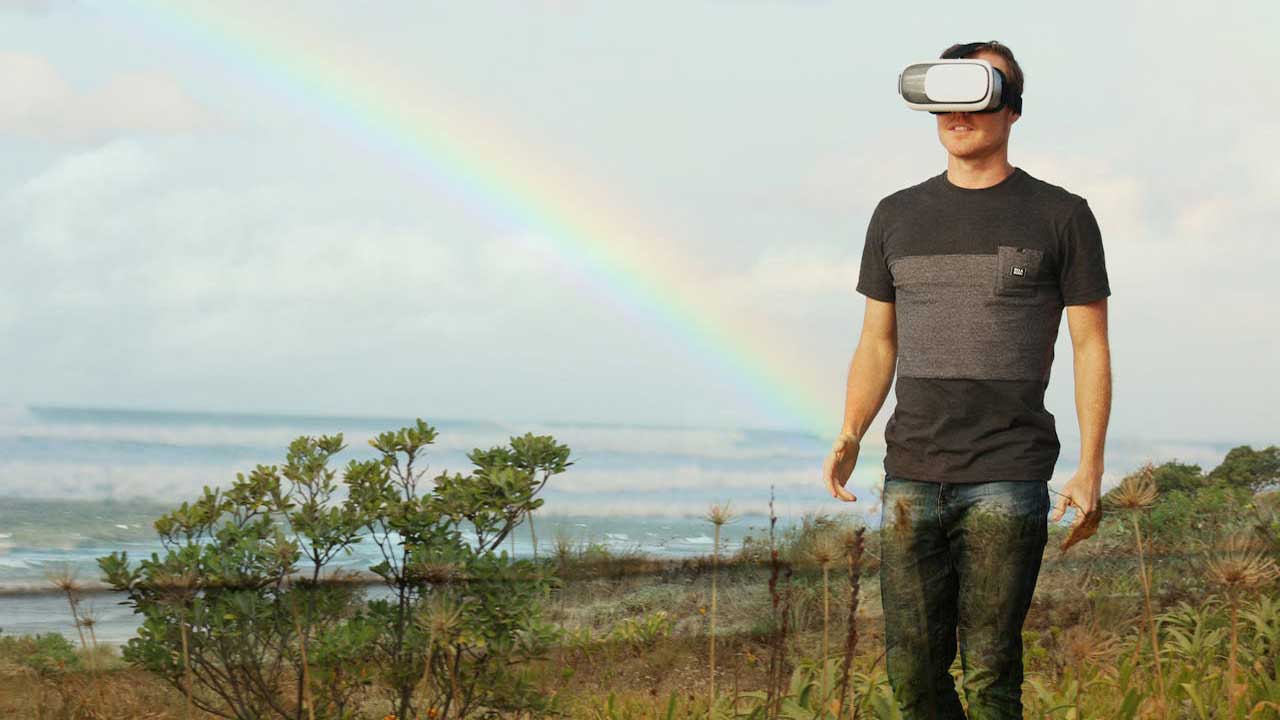
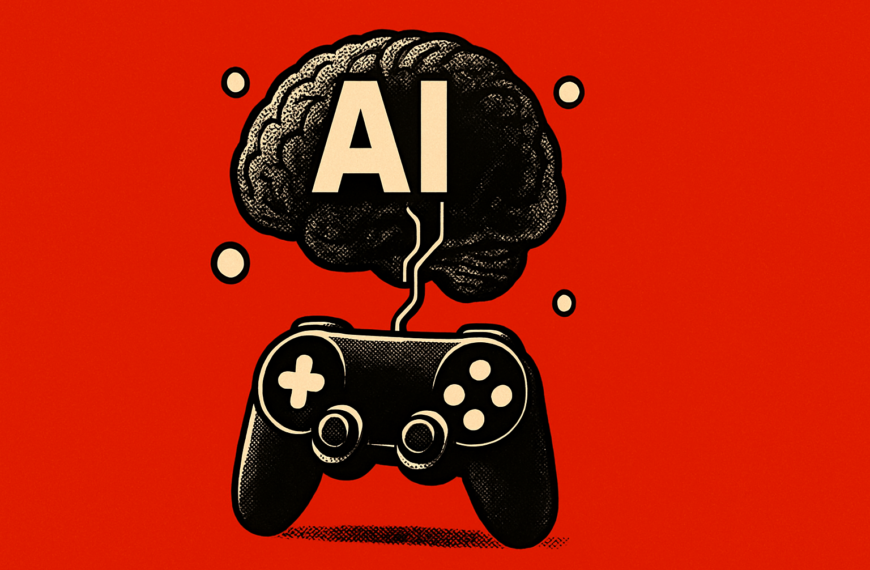
 By
By